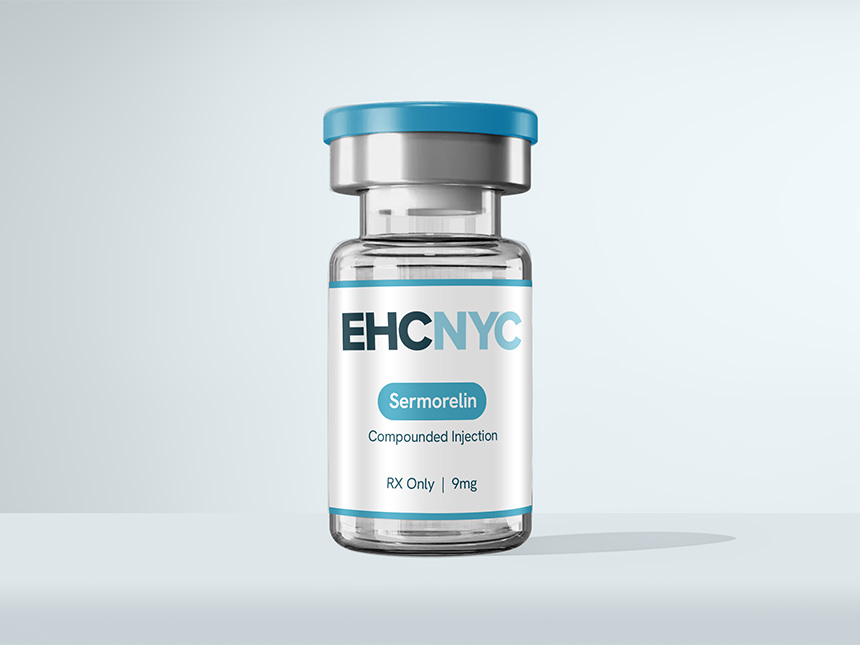
Semaglutide has emerged in the world of weight loss and diabetes management. Available in both oral and injectable forms, it offers flexibility for individuals based on their preferences and medical needs. But how do these two forms compare?
Explore the key differences between semaglutide oral vs injection, focusing on effectiveness, convenience, and potential side effects
What Is Semaglutide?
Semaglutide is a glucagon-like peptide-1 (GLP-1) receptor agonist that helps regulate blood sugar levels, reduce appetite, and promote weight loss. While the injectable version has been available longer, the oral form is gaining popularity.
Read all about oral semaglutide
Oral vs Injectable Semaglutide for Weight Loss
Injectables, like semaglutide, deliver the medication directly into the bloodstream, allowing maximum bioavailability. This translates to more consistent weight loss outcomes.
Oral semaglutide is processes in the body differently from injectable semaglutide because it has a lower absorption rate. Since it must pass through the digestive system, the body absorbs a smaller amount of the active ingredient. While still beneficial for weight loss, it may not produce the same dramatic results as injectables for some individuals.
Convenience and Lifestyle Factors
Oral Semaglutide: Taking a pill daily is more appealing to those who dislike needles or prefer an easier routine. However, oral semaglutide requires strict timing on an empty stomach with no food or drink (other than water) for at least 30 minutes afterward.
Injectable Semaglutide: The once-weekly injection is convenient for people who want a “set it and forget it” approach. Modern injection pens are patient friendly and designed to minimize discomfort, making it manageable for most patients.
Semaglutide Oral vs Injection Side Effects
Both oral and injectable semaglutide share similar side effects, including nausea, vomiting, diarrhea, and constipation. However, some individuals may experience these side effects more with oral semaglutide due to its passage through the stomach and intestines.
Injectables might also cause reactions at the injection site, such as redness or swelling. On the other hand, oral semaglutide avoids injection-site issues but demands more discipline in administration to avoid gastrointestinal discomfort.
Cost and Accessibility
Injectables like semaglutide are typically more expensive, but they are often covered by insurance for specific conditions like Type 2 diabetes or obesity. Oral semaglutide may be less expensive out-of-pocket but could have limited coverage depending on the individual’s insurance plan.
Related Articles: Semaglutide Cost Without Insurance
Which One Should You Choose?
The choice between semaglutide in oral form vs semaglutide in injection form depends on personal preference, medical history, and your healthcare provider’s recommendation. If you value convenience and don’t mind a weekly injection, the injectable form may be your best bet for consistent results. For those who dislike needles or are looking for a daily routine, oral semaglutide offers an alternative.














